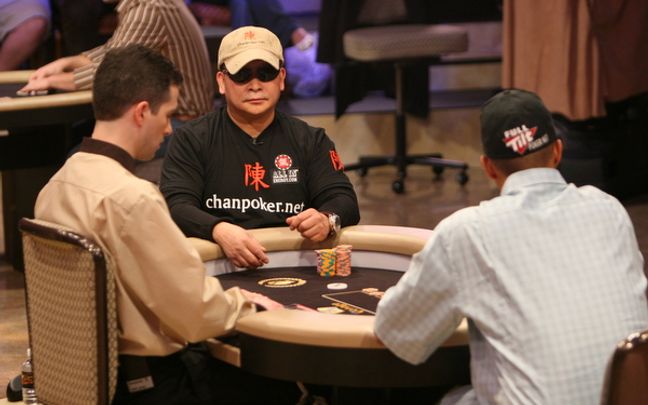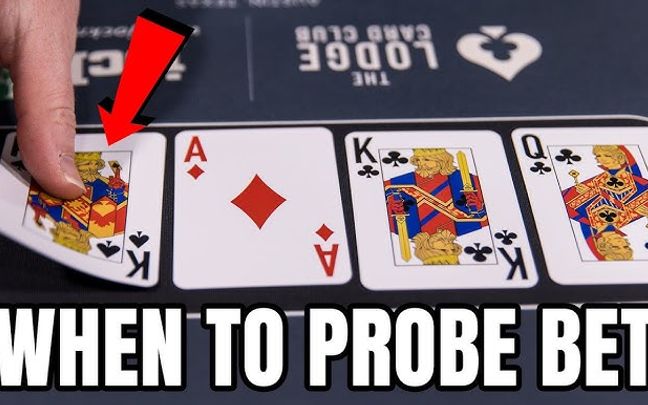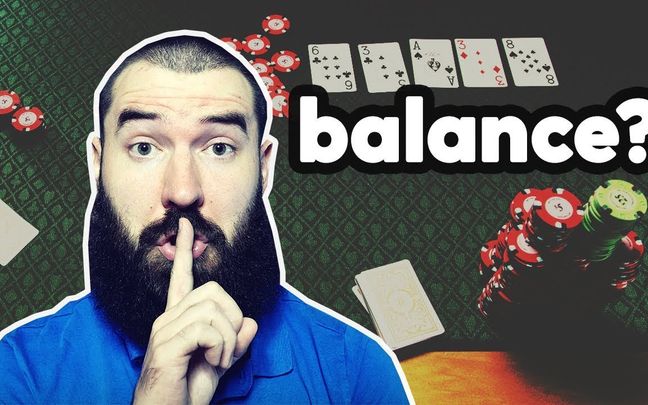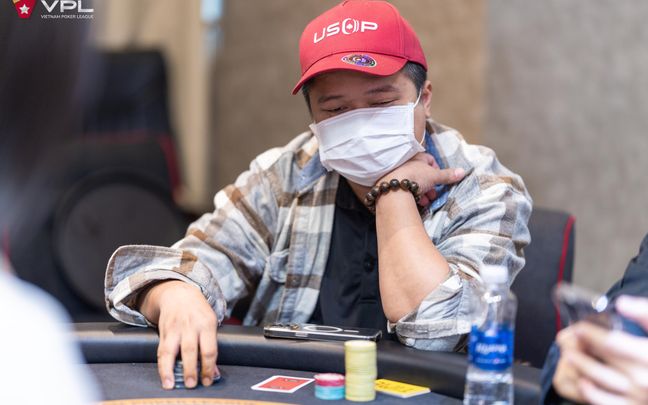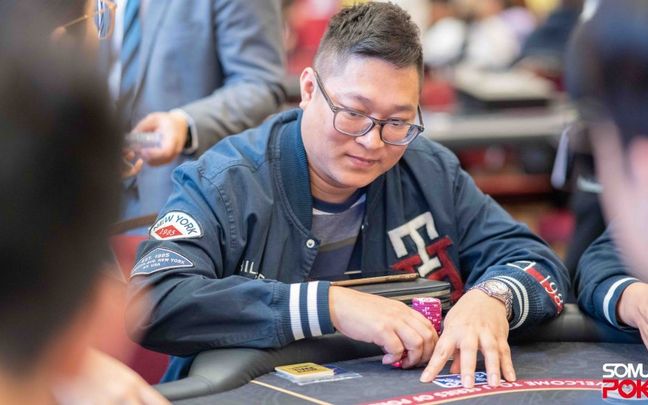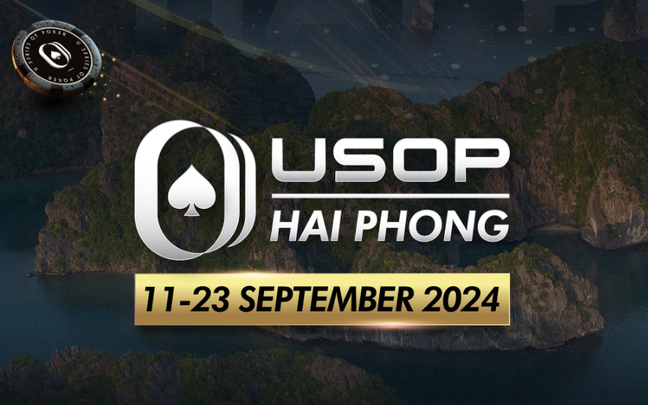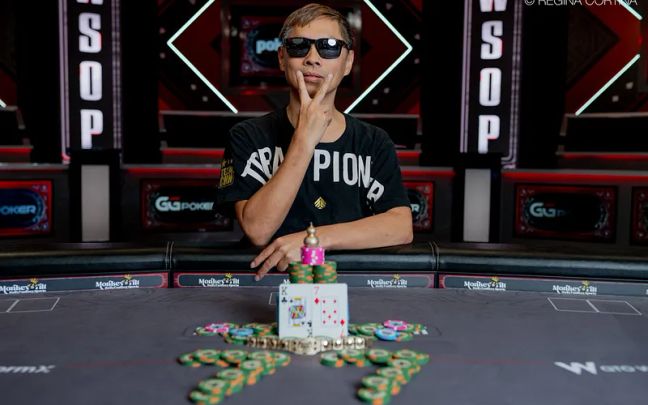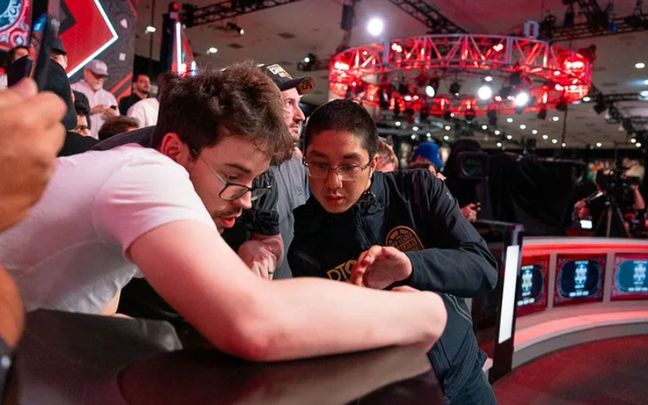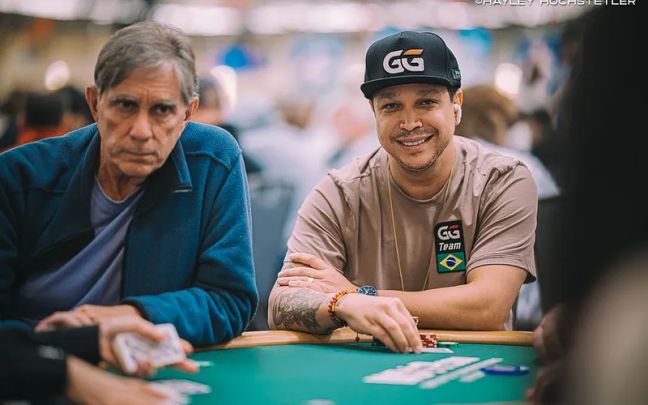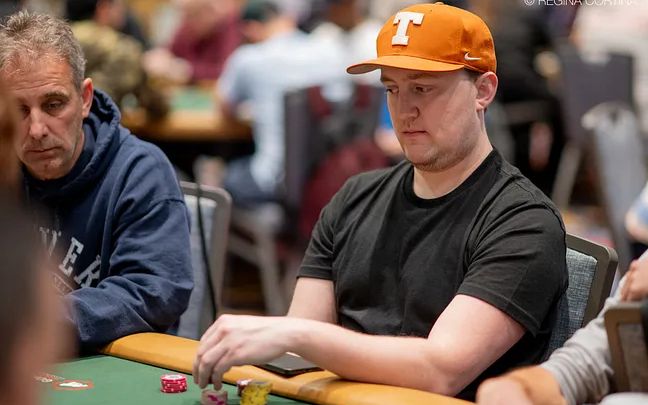Here are 5 tips to help you defend the Big Blind better, suggested by poker coach Ian Simpson. These tips cover aspects such as Position, Open Size, Stack Depth, and ICM
Big Blind Defence Position
Position of the opener is crucial when defending your Big Blind. If your opponent opens from an early position, their range is generally stronger compared to someone opening from the late position.
Against an opponent opening from Under the Gun (UTG), you should defend your Big Blind with a tighter range compared to someone opening from the Button (BTN). You'll need a stronger hand to combat the early position opener.
For example, a hand like Tc7d might seem sufficient to defend from the Big Blind, but Simpson suggests he would only do so if it's an open from a late position (like BTN), not from early positions like UTG.
Big Blind Defence Raising
Defending the Big Blind doesn't just mean calling; it can also involve 3-betting. When your opponent opens from late position, you should consider 3-betting more frequently, both as a bluff and with strong hands. Players in late position typically play a wider range of hands compared to earlier positions like UTG. This allows you to 3-bet more often to attack their weaker hands within their range.
For instance, AJ is a hand you might 3-bet against late position opens, but you might choose to only call when facing an open from early position. Occasionally, you might even 3-bet with hands like A5o when facing an opponent on the Button.
Big Blind Defence Raise Size
When defending your Big Blind, you'll encounter different raise sizes from your opponents. The smaller the open raise, the wider range of hands you can effectively play. Conversely, larger raise sizes typically require you to play a tighter range of hands.
A hand like J♠2♠ is suitable for defending against a minimum open raise, but if your Big Blind is facing a raise of 3.5 big blinds or more, it's generally advisable to fold because you're dealing with unfavorable odds. Additionally, you should 3-bet less frequently when facing larger open sizes, as your opponent's range is likely to consist of stronger hands in that scenario.
Big Blind Defence Stack Size
Your stack depth is a crucial factor in determining how wide you should defend your Big Blind. Suited connector hands like 9♠2♠ have good implied odds when your stack is between 30-60 big blinds, as they can potentially make flushes or be paid off by two pair hands from your opponent.
However, when your stack is below 15 big blinds, implied odds diminish significantly. This makes weak suited connector hands less valuable to defend in many cases. There's also a cutoff point with very deep stacks where weak suited connector hands actually have reverse implied odds. This occurs because if you hit your flush against a deep-stacked opponent who plays all-in with a 200 big blind pot, they may have a larger flush or simply fold with two pairs.
Big Blind Defence ICM
ICM (Independent Chip Model) is a crucial concept in poker tournaments. Simply put, it emphasizes the importance of survival in tournament play. It would be disastrous to be eliminated just before reaching the money (ITM). A player with an average stack often needs to play tight and wait for shorter stacks to bust out to avoid being eliminated before them.
This means we should defend our Big Blind tighter. Without considering ICM, a hand like A♦2♠ might be good to defend with a 3-bet or call. However, as you approach the ITM bubble, you might consider folding a hand like this while waiting for the bubble to burst.
By applying the tips for defending the Big Blind shared by Ian Simpson, and combining them with continuous learning from hands and gaining experience in poker, you will gradually improve your skills and confidence at the poker table. Remember, poker is a game that requires patience, discipline, and adaptability, and continuous learning is the key to success.

